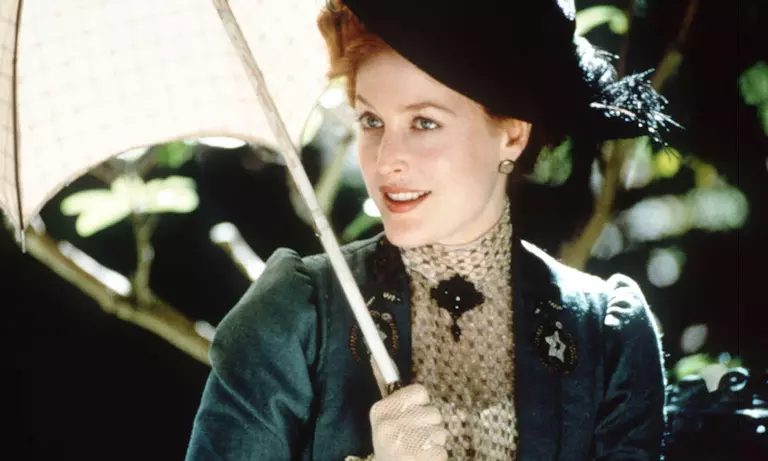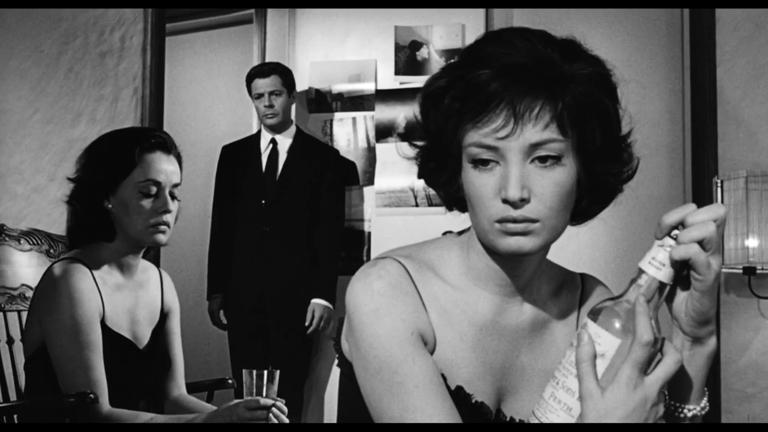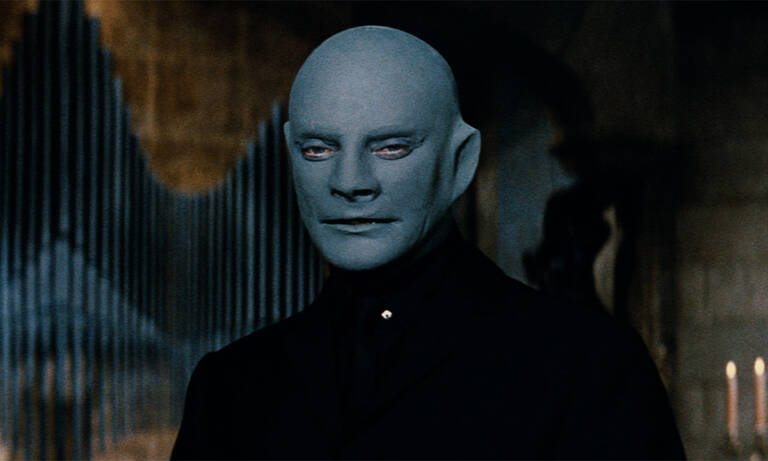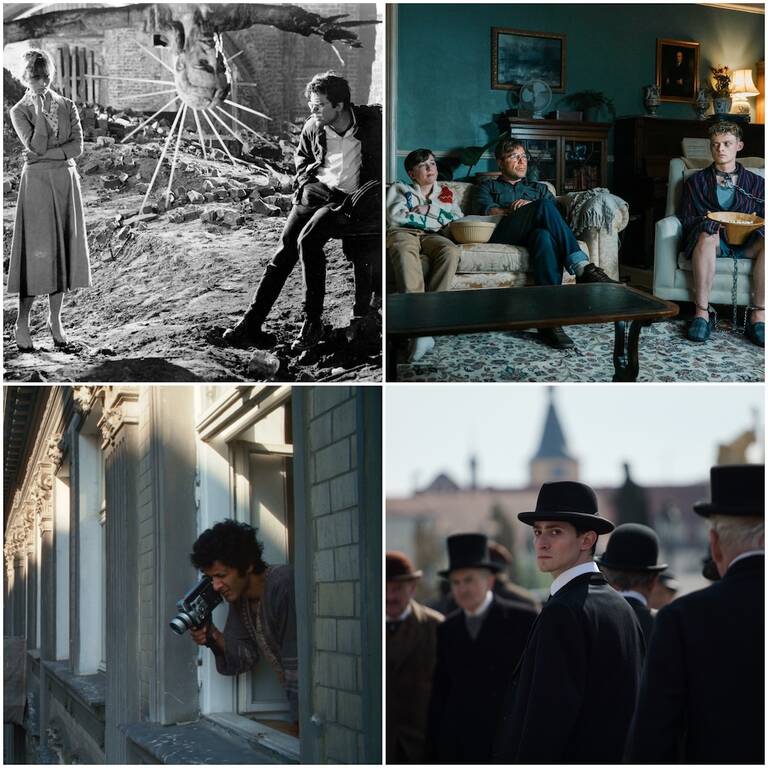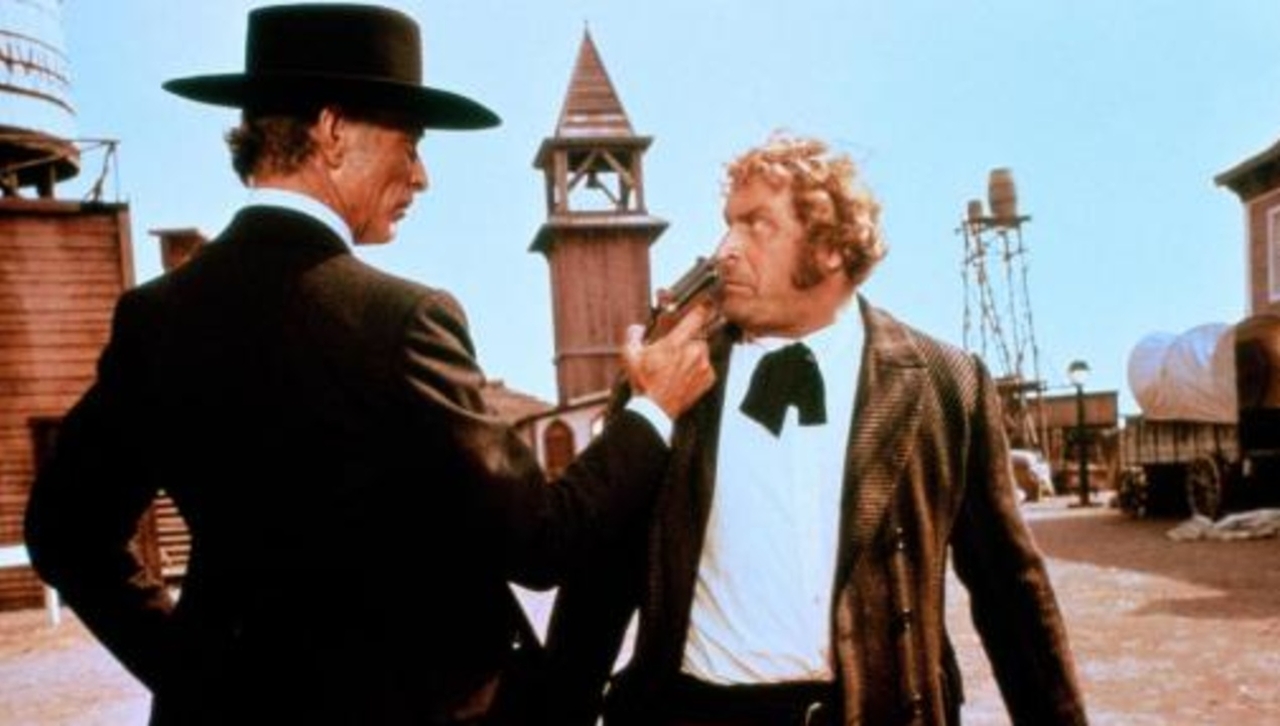
Cast: Lee Van Cleef, William Berger, Yul Brynner, Ignazio Spalla
Review by Colin Dibben
Lee Van Cleef plays the title role in the first and third film: Sabata and Return of Sabata; his boots are filled by Yul Brynner for Adios, Sabata.
Both actors are very watchable. Brynner makes his only contribution to the Italian western – but they are not given much to do except look iconic in different ways: Van Cleef’s snake eyes and ratty grin exposing tombstone teeth; Brynner’s handsome face with its blank almost robotic determination.
The stories get increasingly complex – I had very little idea what was going on plotwise in Return of Sabata – but all three films see the black-clad loner getting the better of corrupt bankers, landowners and military men with dubious allegiances in dustblown towns. I’d say the first film is the strongest of the three.
It’s a bit maddening that these films aren’t built for plot, although the correlative lack of on-the-nose dialogue explaining what is going on is nice and refreshing.
Writer-director Parolini takes interesting risks with the pacing of Sabata. The initial bank robbery is over and the bandits all killed by our hero in the first 15 minutes. The rest of the film explores how Sabata uses his reward as a stake in a more complex power play.
Throughout the trilogy, Parolini uses circus people, especially acrobats, as supporting characters – which heightens the comedic feel of the films. The first film also features Banjo (Berger), an ambiguous wandering minstrel character, who is very much a jester figure.
To call the trilogy comedic is to designate a mood rather than a propensity for jokes and quips. Especially in Return of Sabata, the plot seems to drift from one odd incident to another – there’s no sense of events being driven by character or of the drift being necessary or inexorable.
All three feature interesting soundtracks with catchy ‘call and response’ vocal elements. Marcello Giombini sets the pace in the first and third films; Bruno Nicolai is more orchestral in Adios, Sabata.
There are great set pieces in all three films but Sabata comes across as more technically accomplished, at least in so far as seamlessly working mean-eyed close ups and nicely choreographed tracking shots into the narrative.
There are also some nice supporting characters and details: the fish-eyed, combed-over villain Stengel (Franco Ressel) and a slapping ruler sound effect in Sabata.
It’s a pity there’s no Italian audio versions included – although perhaps I am dreaming that this would make the films more comprehensible.

